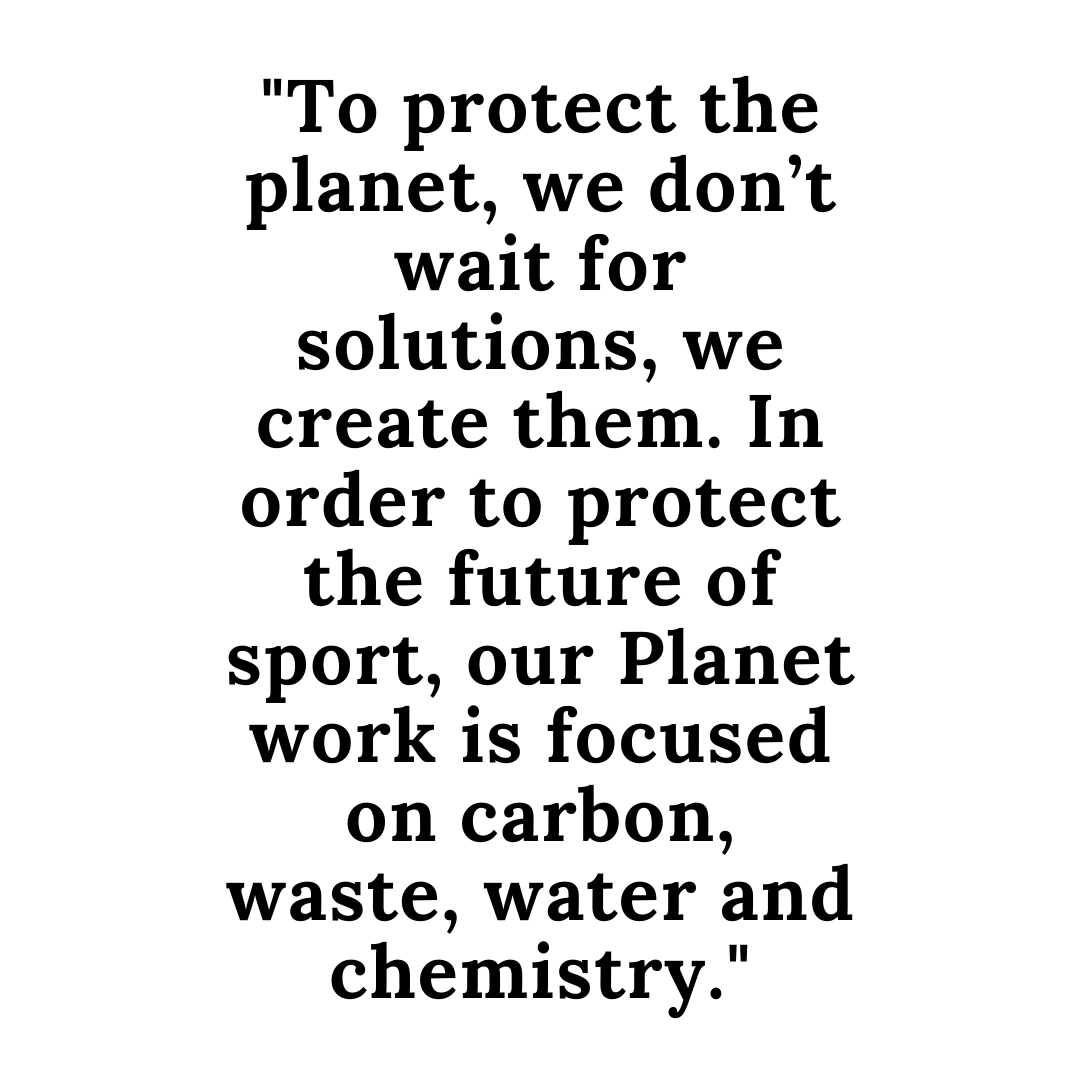Nike has recently unveiled its targets for 2025.
The Beaverton company, founded by Bill Bowermann and Phil Knight, has set its goals to achieve greater pay equity and renforce the percentage of female hires.
Other focuses include ensuring greater inclusiveness and attention to the recruitment of groups belonging to ethnic and linguistic minorities.
Another main objective is to make the Community more and more protagonist and to reinvest in it for charitable activities and initiatives.
In addition to these targets, one of the main focus is on achieving more sustainability.

With this clear-cut stance, Nike sets itself the challenge of achieving increasingly sustainable production and reducing the environmental impact on the planet.
To achieve it, they are taking a stand for climate action through “Move to Zero”, their journey towards a zero carbon, zero waste future and they are also committed to taking a leadership role and working collaboratively with others across industry.

Contrary to what one might think, Nike has always been committed to the environmental issue and on how its production could become more and more sustainable.
In 1993, Nike employee Steve Potter had the idea of shredding old Nikes and upcycling them into a reusable material. This vision grew into the Nike Reuse-A-Shoe recycling program, with old footwear collected from consumers and transformed into ‘Nike Grind’, high-performance materials with a variety of repurposed use cases.
Following the succesful of the program, in 2008, Nike debuts their Considered Design program.
The goal of Nike Considered Design was to create performance innovation products that minimize environmental impact by reducing waste throughout the design and development process, use environmentally preferred materials, and eliminate toxics.
Move To Zero is Nike’s path towards the canceling of waste and carbon emissions to protect the future of sport.
Today, the Space Hippie program is the last step of this journey.
Space Hippie, an exploratory footwear collection constructed with Nike’s own “space junk”, transforms scrap material from factory floors into a radical expression of circular design. The urgency of climate change is met by a bold step to reimagine solutions to critical environmental problems. The result is the creation of Nike footwear with their lowest carbon footprint scores ever.
The costant challenge for Nike is to choose right materials, as they represent more than 70% of the impact of any product. By reusing existing plastics, yarns and fabrics, they significantly reduce emissions.
The future is sustainable.

